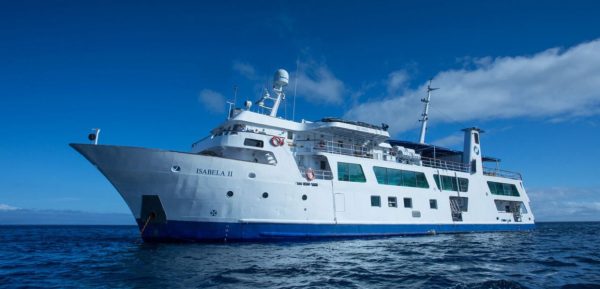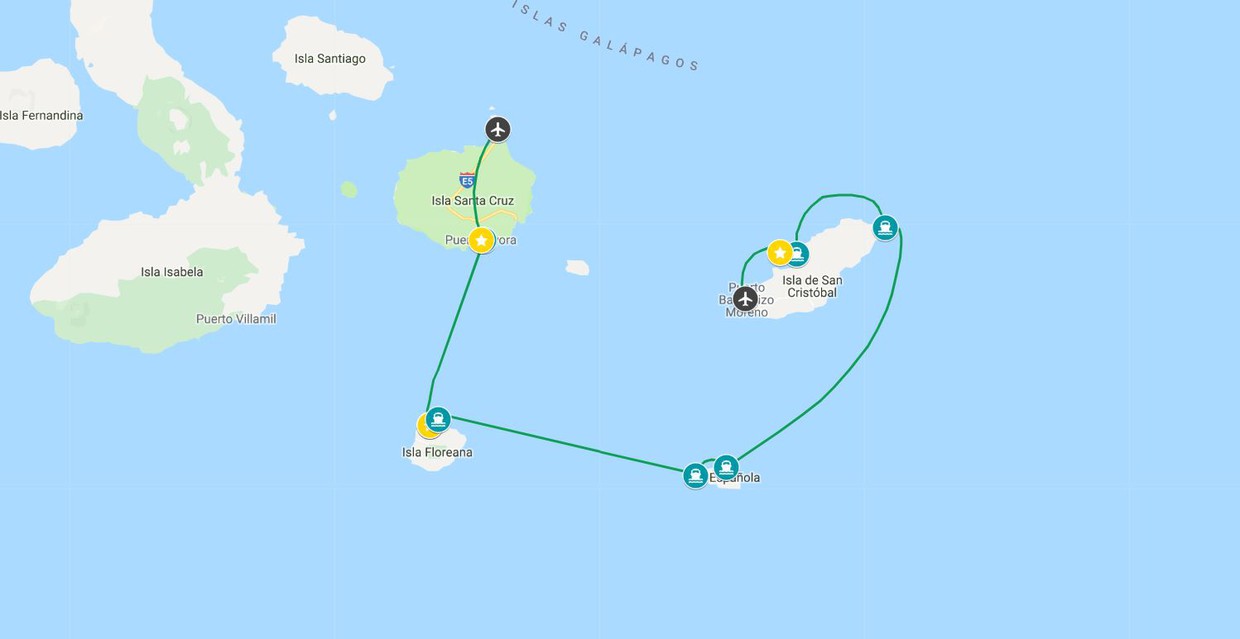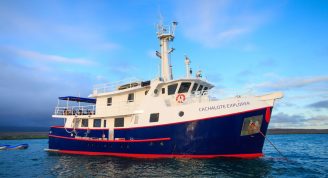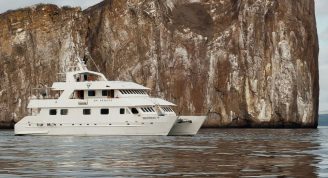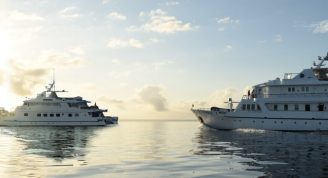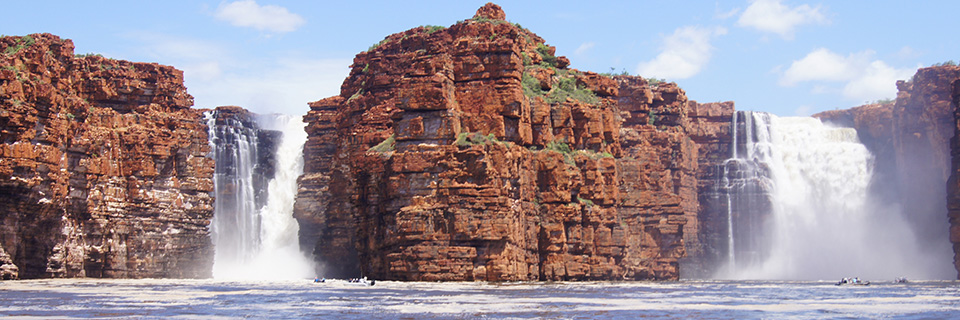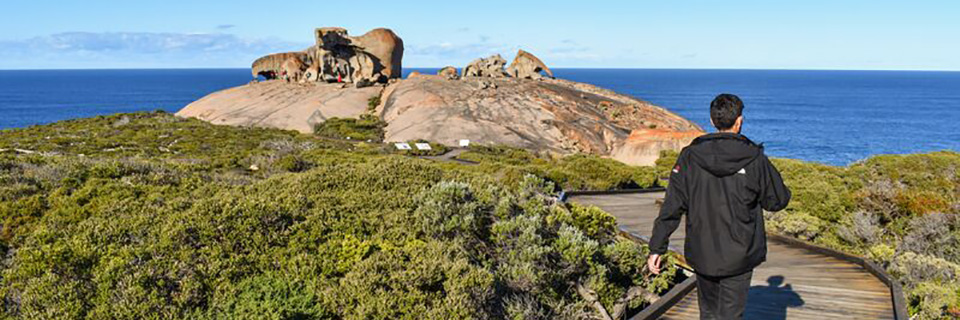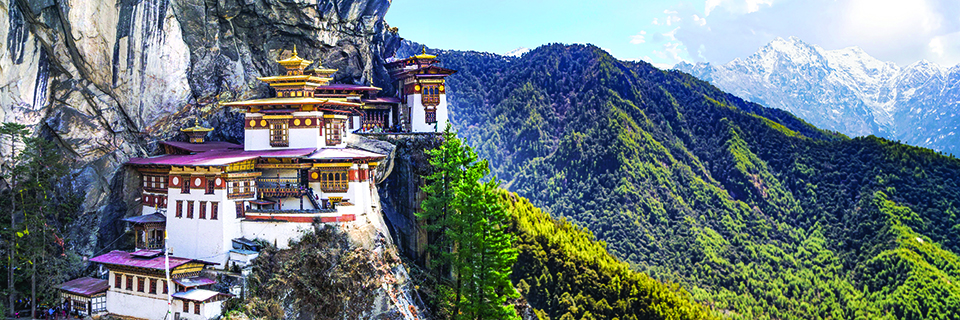Description
Our itinerary together begins on Santa Cruz Island, the most populous in the archipelago. Here, we first explore the highlands of the islands with their lush vegetation before venturing down to the world-famous Charles Darwin Research Station to meet giant tortoises face to face. After embarking at the end of the day, we sail south to the island of Floreana, where we disembark at Post Office Bay in the morning and Cormorant Point in the afternoon – both full of life and history. We then head west to Española Island, with its remarkable visitor site (a favourite of many visitors): Punta Suárez. Here, we’ll wander along the rugged coastline, home to hundreds of marine iguanas, sealions, marine birds, and even albatross (at certain times of year). In the afternoon, Gardner Bay provides a wonderful setting for a combination of beach-time, swimming, snorkelling or exploring aboard the glass-bottom boat. San Cristóbal Island is next, the capital of the Galápagos Province. We explore the northern shores of the island, visiting the fascinating sites of Punta Pitt and Cerro Brujo, taking us back to the young Charles Darwin’s visit of 1835. We end our journey at Puerto Baquerizo Moreno.
Wherever we sail, whatever we do, all the crew aboard the Isabela II will do our utmost to ensure your Galápagos experience is truly deeply moving and memorable.


